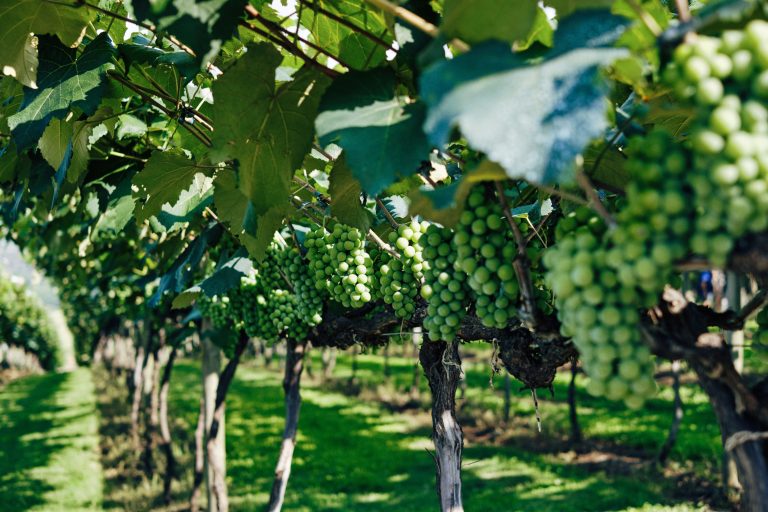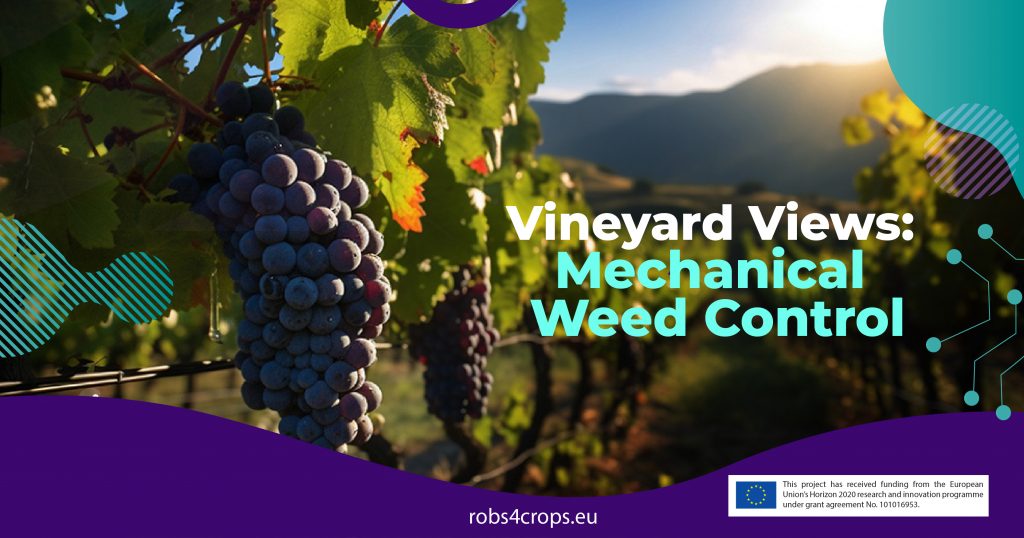What’s the key to successful vineyard management, where nurturing vines meets the battle against relentless weeds? In the quest for optimal grape quality and vine health, traditional methods like manual labour and chemical herbicides have long reigned. However, with growing awareness, is it time to pivot towards more sustainable and efficient approaches?
The Current Landscape and Moving Beyond Tradition
Mechanical weeding is widely used in vineyards, but no single equipment suits all layouts or weed species. Viticulture methods vary, affecting weed control. Strategies include herbicide strips along rows and tillage between them, but care is needed to avoid root damage. Before establishment, perennial weeds should be managed with post-emergence herbicides and hand labor. Pre-emergence herbicides are ineffective against weeds like bermudagrass or nutsedge. Successive foliar herbicides can manage seedlings, but mature plants are harder to control. Combining herbicides and mechanical methods optimizes weed control, enhancing yield and quality. Supplementing with cover crops strengthens these efforts.
Mechanical weed management has long been a staple in grape growing. A variety of tillage equipment, including ploughs, cultivators, and harrows, are employed alongside hand hoeing for precise work near vine trunks. Tillage, mowing, and thermal methods are common in vineyard weed control. Tillage, for example, enhances soil quality and helps with weed elimination. Mowing, combined with strip herbicide spraying and cover crops, is often used between vine rows. Flaming, another method, involves applying heat to weed growth sites, effectively scorching and killing them. Propane and other combustible gases are typically used for this purpose. Flaming can be done in cross or parallel patterns, targeting weeds effectively. However, it may not be suitable for all situations, as it can be costlier than chemical management and may affect nearby weed seeds. Nonetheless, it offers a viable alternative, especially in organic viticulture, selectively eliminating weeds while sparing cultivated plants.
Overcoming Obstacles, Embracing Opportunities
Despite its undeniable advantages, mechanical weeding is not without its challenges. Mechanical weeding in vineyards has long been viewed as economically unattractive. While the long-term benefits in terms of sustainability and operational efficiency are clear, the initial costs can be prohibitive for some vineyard operators, particularly smaller-scale producers.
The reliance on tractrs and multiple passes throughout the year can quickly add up in terms of both cost and labor. In addition, the use of chemical herbicides raises concerns about environmental sustainability and human health.
One notable concern is the risk of unintended damage to grapevines, especially in densely planted vineyards where manoeuvring large machinery can be cumbersome. To mitigate this risk, ongoing research and development efforts are focused on refining equipment designs and optimizing operational protocols. Additionally, integrating mechanical weeding into existing vineyard management practices requires careful planning and adaptation. Winemakers must assess factors such as soil composition, grapevine root structure, and weed species prevalence to tailor their approach effectively.

Benefits of Mechanical Weeding:
- Sustainability: Mechanical weeding reduces reliance on chemical herbicides, minimizing environmental impact and promoting soil health.
- Cost-effectiveness: While initial investment in robotic systems may be higher, the long-term savings in labor and herbicide costs make mechanical weeding a financially viable option for vineyard owners.
- Precision: Autonomous weeders can navigate vineyard rows with precision, targeting weeds while avoiding damage to vines or fruit.
- Scalability: Mechanical weeding systems can be scaled to accommodate vineyards of various sizes, offering flexibility to growers.
The Future of Mechanical Weeding
How does Robs4Crops contribute?
In France, Robs4Crops Large-scale pilot 1 is underway to reduce the environmental impact of vineyards by replacing chemical weed control with mechanical weeding. But traditional methods are costly and difficult to manage, with experienced tractor drivers in short supply. That’s why the French pilot is stepping in with its 2 state-of-the-art CEOL robots, specially designed for vineyards. Beside that, a variety of technology, tools and sensors were employed, such as serrated discs, vineyard plough shares, knives, kress-fingers, lump-breaker discs, a crusher and a plougher, plus an added Fusebox and stuffing sensors. Smart implements and sensors were integrated into the system, the latter having been installed on the weeding tools. As every mission has its challenges, the pilot overcame them with repairs, system updates, modifications to the track wheels support system, software updates, and close monitoring. The pilot has progressed smoothly, achieving weeding in multiple plots. 26 weeding passes on 5 fields were completed, with rotation sensors installed on the rotative weeding implements to detect malfunctions. The team successfully weeded several plots, including Vinet (1ha), Moron (1.8ha), Jamet (2.4ha), IFV (1.35ha), and Marchesseau (2.55ha). In 2023, weeding started in three out of the five plots in February, with specific passes made in March and April, tailored to each plot’s requirements. The projected timeline is maintained, without any major technical hurdles and the pilot made significant advancements in the development of smart implements.
For more updates about our French pilot and Robs4Crops achievements, check out our Newsroom!

